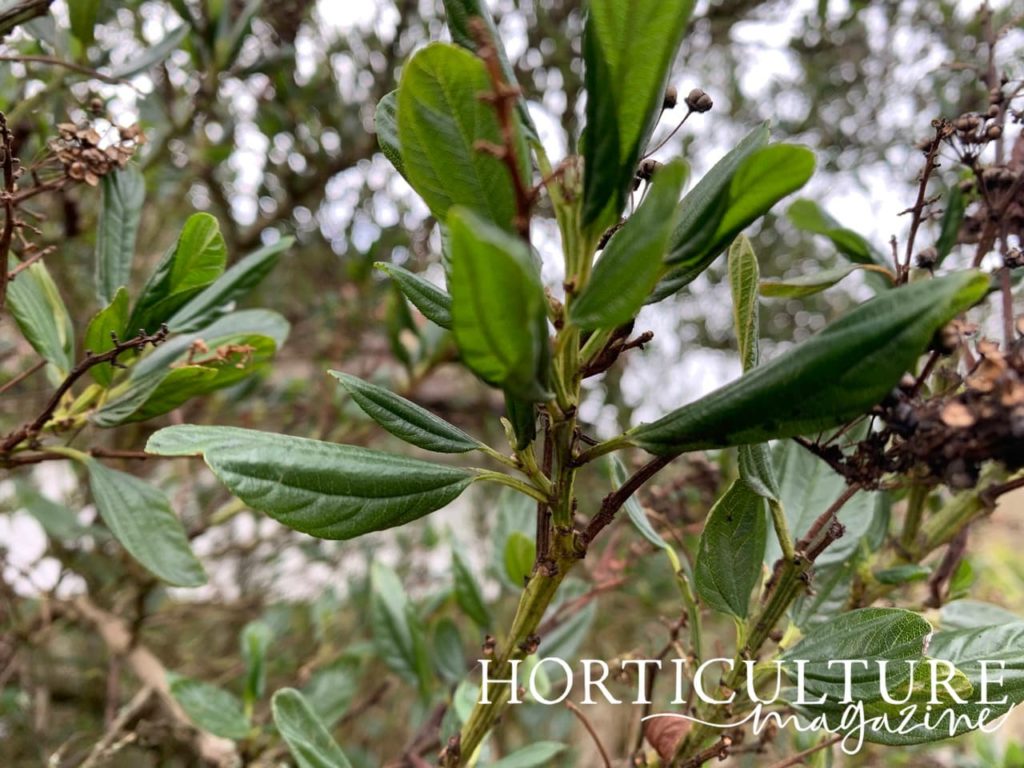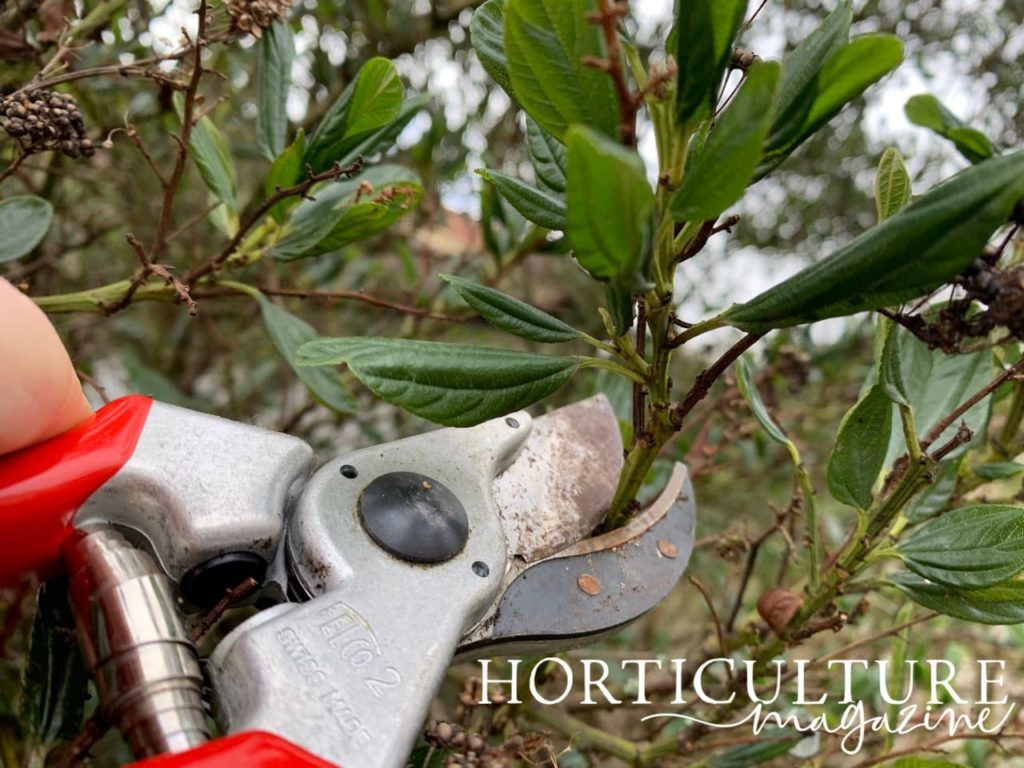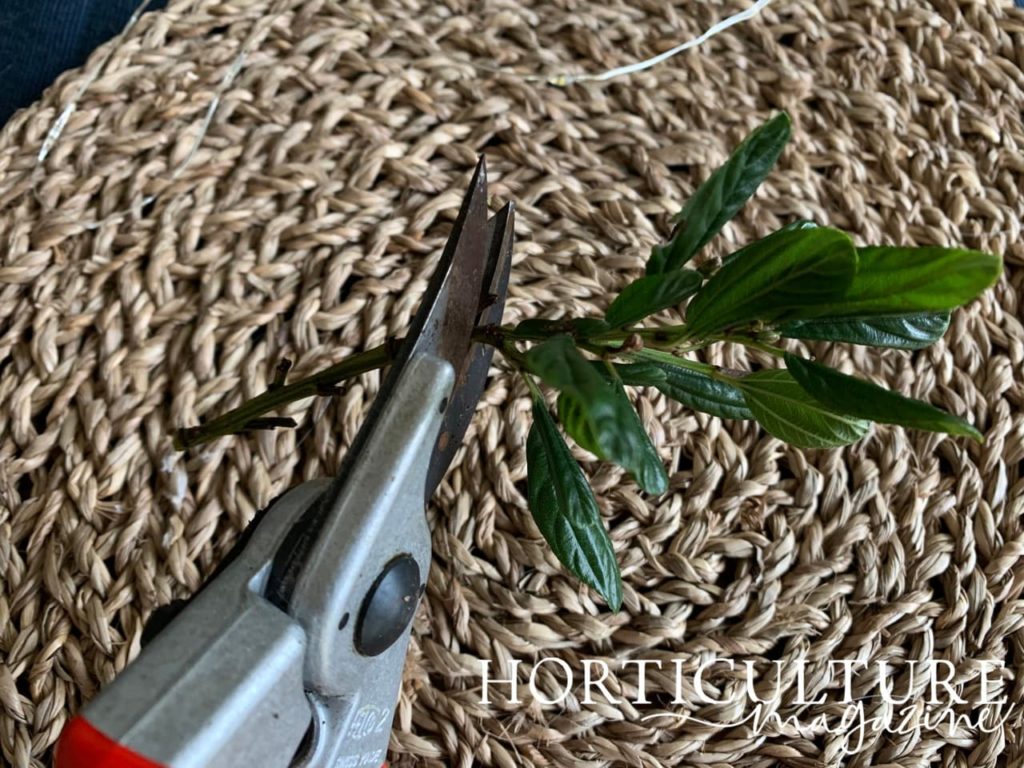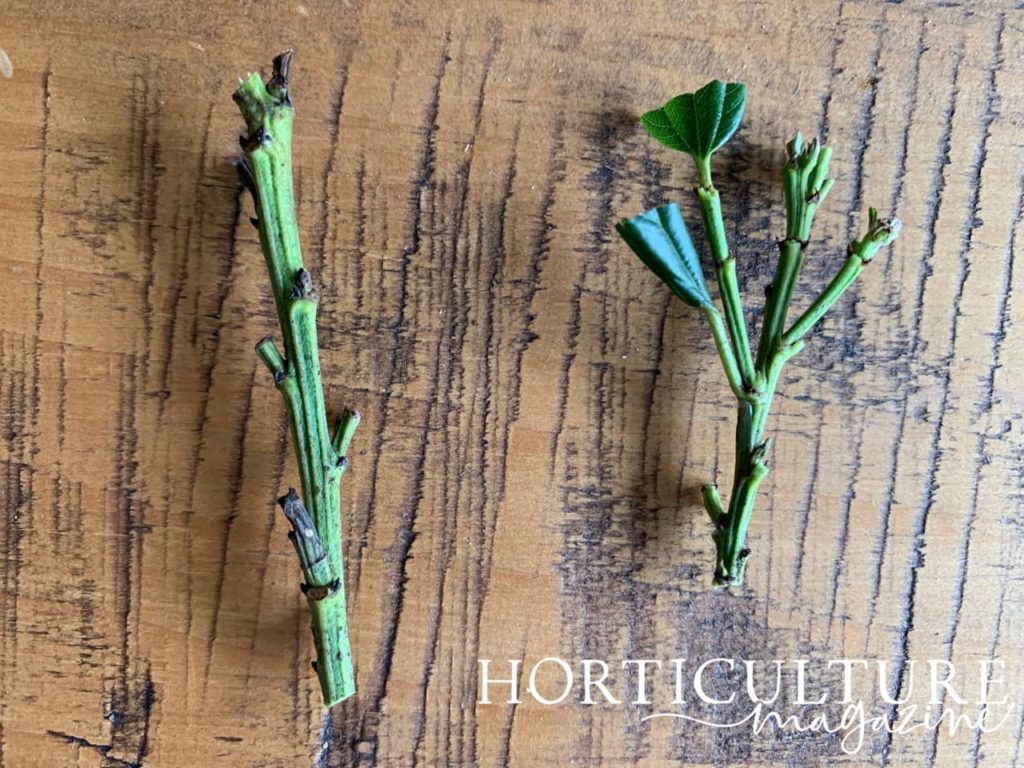Here’s How Horticulturists Propagate Ceanothus From Semi-Ripe Or Softwood Cuttings


Elizabeth is a Permaculture Garden Designer, Sustainability Consultant and Professional Writer, working as an advocate for positive change. She graduated from the University of St. Andrews with an MA in English and Philosophy and obtained a Diploma in Applied Permaculture Design from the Permaculture Association.
Reviewed By PETER LICKORISH

Peter is a Horticulture Lecturer and self-employed Horticulturist, with a passion for diverse areas of the industry - from garden design to the science behind plant growth and propagation. He has completed the Royal Horticultural Society’s Master of Horticulture (MHort) Award and lectures on RHS courses at Bedford College.
Contributions From EMILY CUPIT

Emily is a Gardening Writer, Photographer and Videographer from Derbyshire, UK. She is the Founder of Emily's Green Diary - a community of more than 75,000 people who share in her gardening journey.
IN THIS GUIDE
CEANOTHUS GUIDES
Container Growing
Cuttings Propagation
Discoloured Leaves
Pruning
Varieties
Ceanothus is an attractive shrub and if you have one growing in your garden, you may well want more.
These shrubs can be challenging to grow from seed, but the good news is that some ceanothus can be propagated relatively easily by means of cuttings.
The method for taking cuttings depends on whether you are growing an evergreen or deciduous ceanothus.

Evergreen ceanothus is best propagated by means of semi-ripe cuttings, taken between mid-summer and early autumn, whilst deciduous types are best propagated by softwood cuttings, taken in late spring.
Both of these processes are relatively simple and ceanothus cuttings should create new flowering plants in around 2-3 years.
I explain this relatively simple process in more detail below.
| Difficulty | Easy to medium |
| Equipment Required | Gardening knife, secateurs, propagator |
| When To Take Cuttings | May to September |
Semi-Ripe Cuttings
Between mid-summer and early autumn, select a healthy side shoot of current season growth from an evergreen ceanothus.
Aim for around 10-15cm of growth.
Peel the side shoot away from the main stem, leaving a small sliver of bark (known as a heel) attached.
Dip the end of the cutting in a rooting compound for best results.
Place the cutting in a heated propagator, in a container filled with a suitable potting mix, such as a blend of peat-free compost and perlite.
A 1-litre pot is ideal and cuttings should be inserted to between a half and two-thirds their length.
Grow on and continue to tend, watering when required, and cuttings should root well over the next growing season.
Plant out well-rooted cuttings when the weather warms during the second spring.
Softwood Cuttings
Between late spring and midsummer, select a healthy, non-flowering stem tip of new growth from deciduous ceanothus.
“For softwood cuttings, trim the bottom of the cutting to just below a node,” says Peter Lickorish, a Lecturer in Horticulture.

Create a cutting around 10-15cm in length and then dip the cutting in a rooting hormone for best results.
“Place it half to two-thirds deep in a finely crumbled peat-free compost,” Peter recommends.
Keep the cuttings in a warm, humid environment for 4-6 weeks until they root.

Once well-rooted, the cuttings can be potted on and later planted out into the garden.
“Rotting and fungal problems are always concerns when taking cuttings,” Peter shares.

“I find that pinching out the top bud and any tiny leaves at the top prevents these from rotting and the rot from spreading down the cutting.
“Also, remove the lower half to two-thirds of the leaves on Ceanothus cuttings, by pinching them or trimming them delicately with a knife, to prevent these rotting when they touch the compost.”
